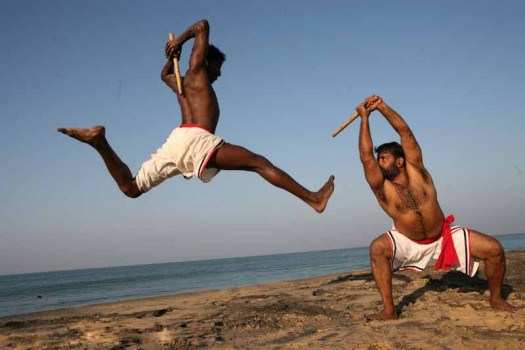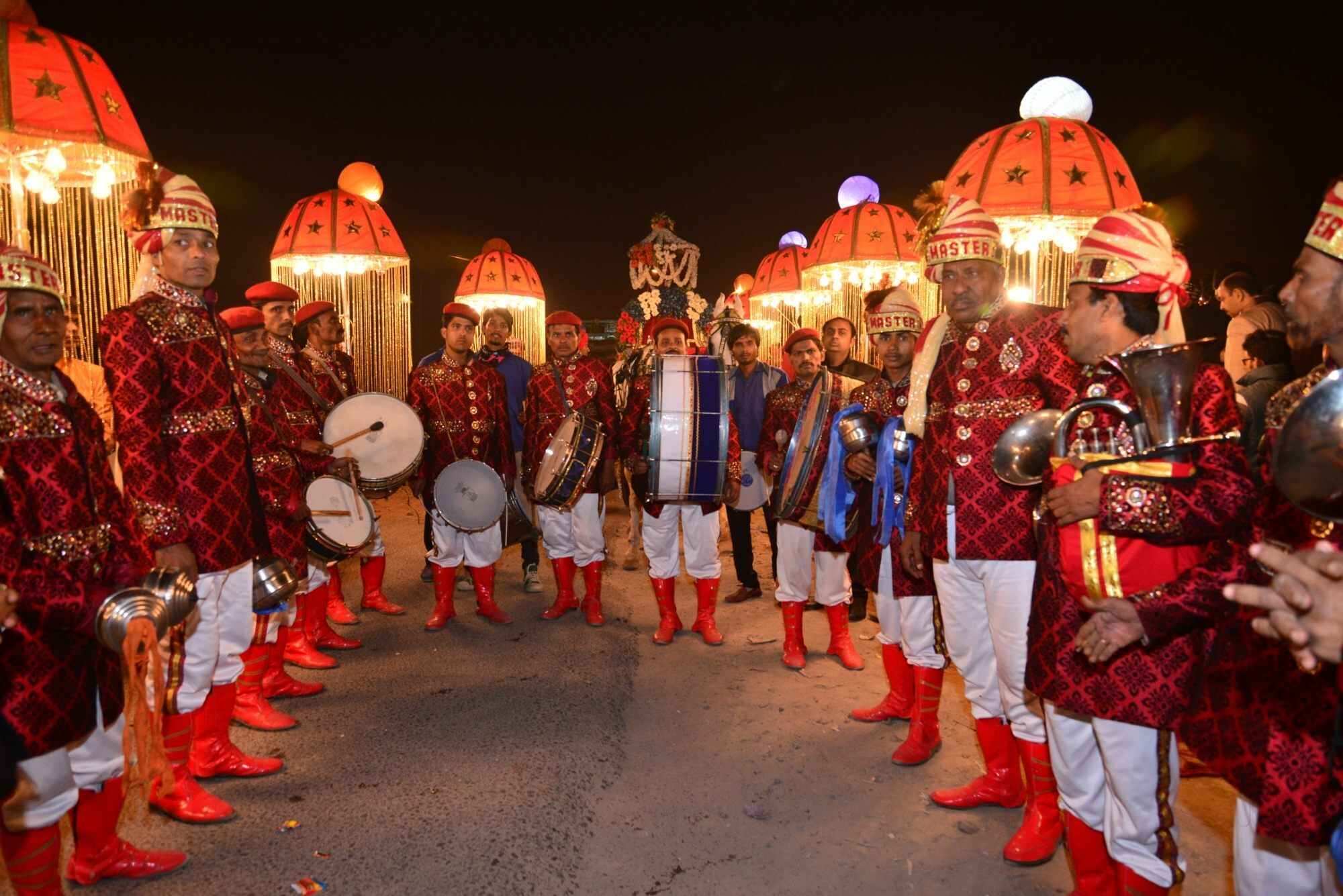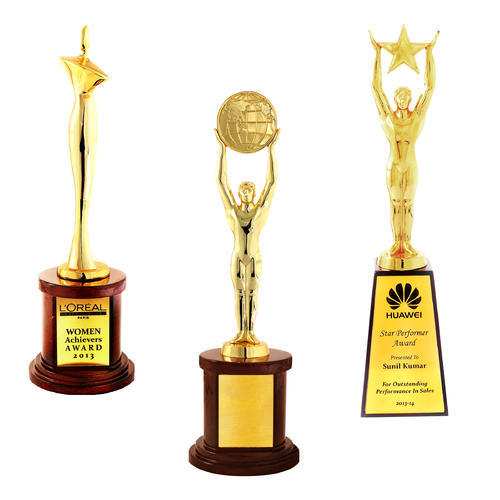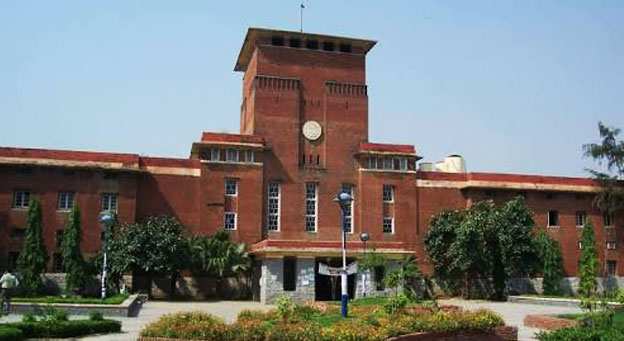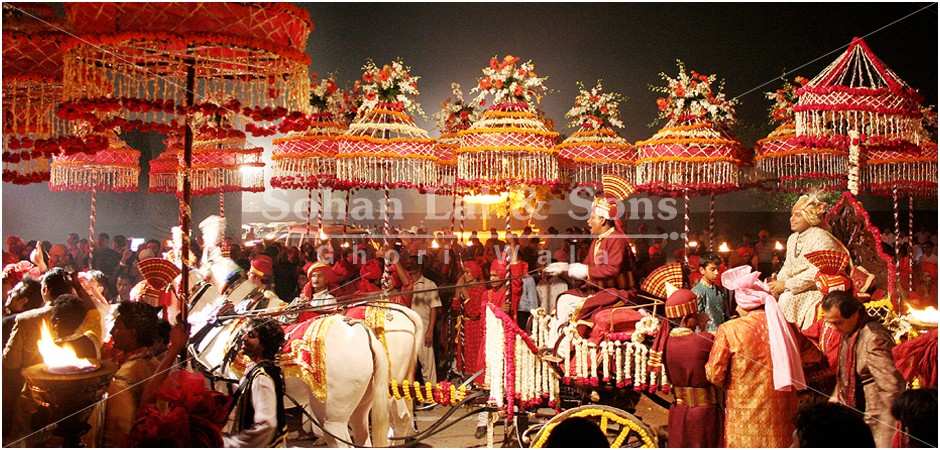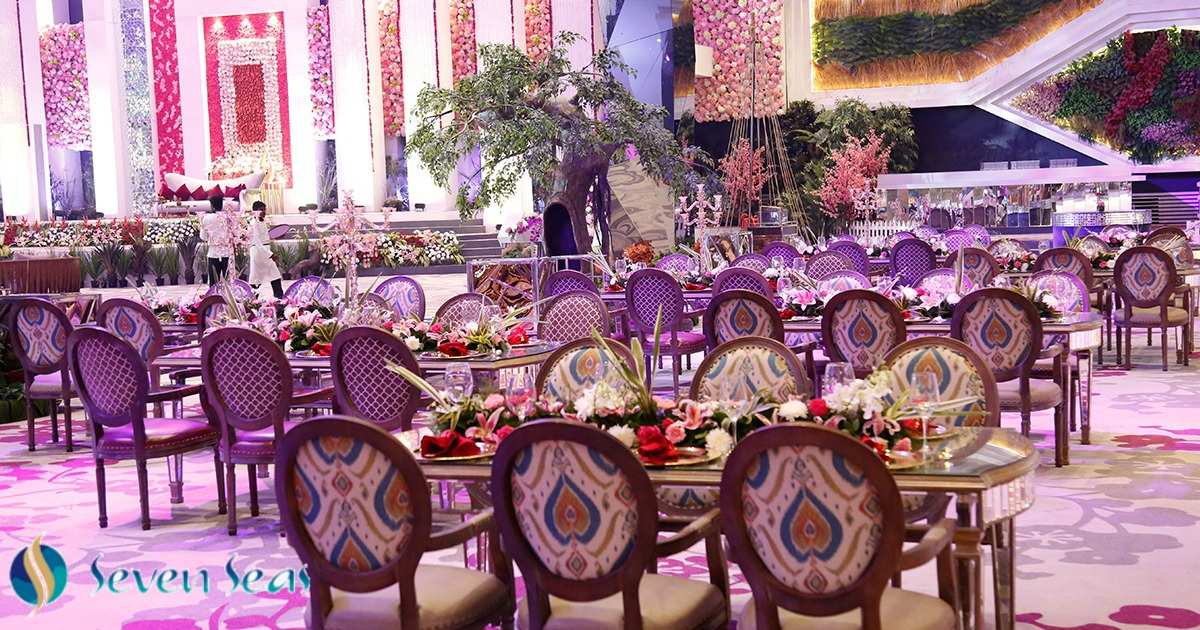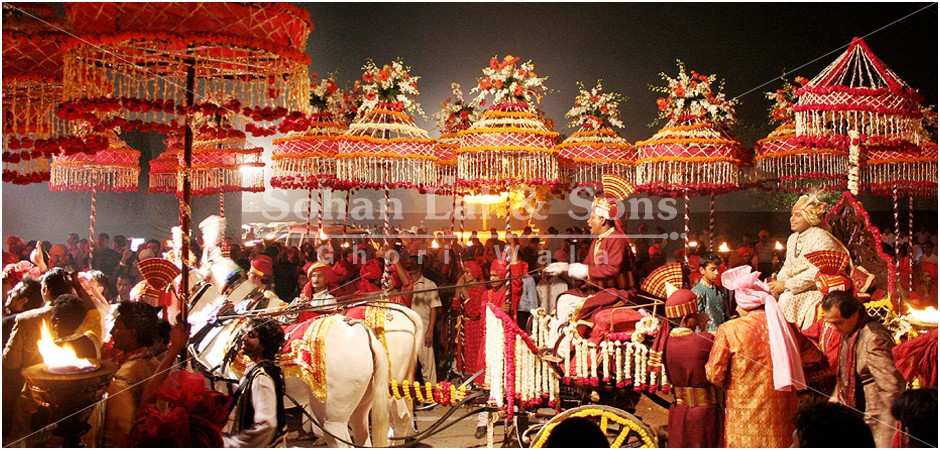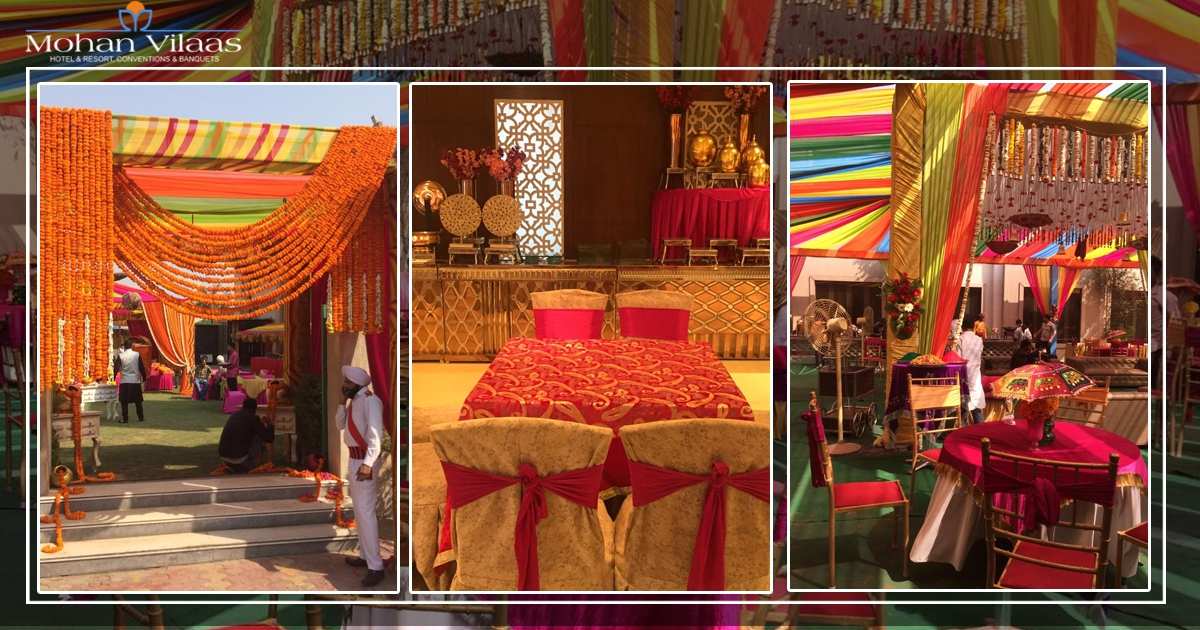We all know that Chinese martial arts have the greatest name in the world. Many movies have depicted the great skills and ability which can be unlocked by learning kung fu. But how many of you do actually know that even India has some great fighting styles which are beyond belief and even more, shaolin kung fu is taken from our culture.
One of the best known forms of ancient Indian martial arts is the Kalarippayattu from Kerala. This ancient fighting style originated in southern India in the 12th century BCE and is regarded as one of the oldest surviving martial arts. In this form martial arts, various stages of physical training include ayurvedic massage with sesame oil to impart suppleness to the body (uzichil); a series of sharp body movements so as to gain control over various parts of the body (miapayattu); and complex sword fighting techniques (paliyankam). Silambam, which was developed around 200 AD, traces its roots to the Sangam period in southern India. Silambam is unique among Indian martial arts because it uses complex footwork techniques (kaaladi), including a variety of spinning styles. A bamboo staff is used as the main weapon. The ancient Tamil Sangam literature mentions that between 400 BCE and 600 CE, soldiers from southern India received special martial arts training which revolved primarily around the use of spear (vel), sword (val) and shield (kedaham).
Among eastern states, Paika akhada is a martial art found in Odisha. Paika akhada, or paika akhara, roughly translates as "warrior gymnasium" or "warrior school". In ancient times, these were training schools of the peasant militia. Today's paika akhada teach physical exercises and martial arts in addition to the paika dance, a performance art with rhythmic movements and weapons being hit in time to the drum. It incorporates acrobatic maneuvres and use of the khanda (straight sword), patta (guantlet-sword), sticks, and other weapons.
In northern India, the musti yuddha evolved in 1100 AD and focussed on mental, physical and spiritual training. In addition, the Dhanur Veda tradition was an influential fighting arts style which considered the bow and the arrow to be the supreme weapons. The Dhanur Veda was first described in the 5th-century BCE Viṣṇu PurÄṇa and is also mentioned in both of the major ancient Indian epics, the RÄmÄyaṇa and MahÄbhÄrata. A distinctive factor of Indian martial arts is the heavy emphasis laid on meditation (dhyÄna) as a tool to remove fear, doubt and anxiety.
Indian martial arts techniques have had a profound impact on other martial arts styles across Asia. The 3rd-century BCE Yoga Sutras of Patanjali taught how to meditate single-mindedly on points located inside one's body, which was later used in martial arts, while various mudra finger movements were taught in Yogacara Buddhism. These elements of yoga, as well as finger movements in the nata dances, were later incorporated into various martial arts. According to some historical accounts, the South Indian Buddhist monk Bodhidharma was one of the main founders of the Shaolin Kung fu.

